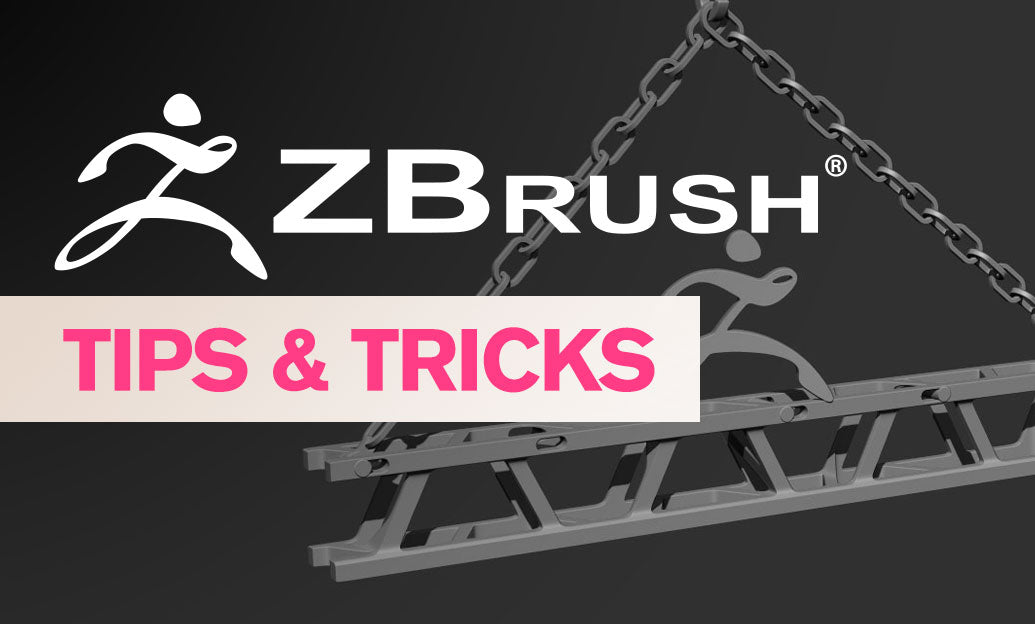Your Cart is Empty
Customer Testimonials
-
"Great customer service. The folks at Novedge were super helpful in navigating a somewhat complicated order including software upgrades and serial numbers in various stages of inactivity. They were friendly and helpful throughout the process.."
Ruben Ruckmark
"Quick & very helpful. We have been using Novedge for years and are very happy with their quick service when we need to make a purchase and excellent support resolving any issues."
Will Woodson
"Scott is the best. He reminds me about subscriptions dates, guides me in the correct direction for updates. He always responds promptly to me. He is literally the reason I continue to work with Novedge and will do so in the future."
Edward Mchugh
"Calvin Lok is “the man”. After my purchase of Sketchup 2021, he called me and provided step-by-step instructions to ease me through difficulties I was having with the setup of my new software."
Mike Borzage
Unveiling VisualARQ 3: Transformative Features for Rhino Architecture Users
November 06, 2024 4 min read

Introduction
VisualARQ 3 has arrived, marking a significant milestone for architects and designers using Rhino 3D. This latest version brings an array of groundbreaking features and improvements that elevate Rhino's capabilities in architectural projects to new heights. Compatible with both Rhino 7 and the upcoming Rhino 8, VisualARQ 3 is the result of years of dedicated development, incorporating the most requested features from the global user community.Enhancing Rhino with Advanced Architectural Tools
Rhino has long been celebrated for its versatility and powerful modeling capabilities. With a vast ecosystem of plugins, it caters to various industries, including jewelry design, naval engineering, and architecture. VisualARQ stands out among these plugins by providing architects with a suite of tools tailored specifically for architectural modeling and documentation.Objects Linked to Levels
One of the most anticipated features in VisualARQ 3 is the ability to link objects directly to levels. This enhancement streamlines the modeling process, allowing for smoother manipulation of architectural elements within different floors or stories of a building. By associating objects with specific levels, architects can easily manage complex projects with multiple elevations, ensuring consistency and accuracy throughout the design.IFC 4 Support
Interoperability is crucial in the architecture, engineering, and construction (AEC) industry. VisualARQ 3 introduces support for Industry Foundation Classes (IFC) 4, the latest version of the open BIM (Building Information Modeling) data model. This upgrade ensures that models created in Rhino with VisualARQ can seamlessly integrate with other BIM software, enhancing collaboration across different platforms. For those looking to further enhance their BIM workflows, products like Autodesk Revit offer robust solutions and are available through NOVEDGE.Dynamic Table Report Panel
Data management is essential in architectural projects. The new Dynamic Table Report Panel in VisualARQ 3 allows users to create and edit tables directly within the Rhino interface. This feature enables real-time updates and provides comprehensive control over project data, from material quantities to object properties. Coupled with tools like Bluebeam Revu, architects can enhance their documentation and collaboration efforts significantly.Buildings with Boundary
Defining building boundaries is fundamental in architectural design. VisualARQ 3 introduces a feature that allows users to create buildings with explicit boundaries easily. This functionality aids in organizing models, especially when dealing with multi-building projects or complex site plans. It enhances clarity and ensures that each building component is accurately represented within the overall design.Clashes and Clearances Report
Detecting and resolving conflicts in a model before construction begins can save time and resources. VisualARQ 3's Clashes and Clearances Report feature provides tools to identify intersections and interferences between objects. This proactive approach to clash detection helps in mitigating potential issues, ensuring that the design is both practical and feasible. For advanced visualization and rendering of these models, architects might consider integrating V-Ray into their workflow.Reflected Ceiling Plans
Creating detailed reflected ceiling plans (RCPs) is now more straightforward with VisualARQ 3. The software automates the generation of RCPs, saving time and reducing errors. This feature is particularly beneficial when coordinating lighting, HVAC systems, and other ceiling-mounted elements. By streamlining this process, architects can focus more on design and less on drafting.Guides
The new Guides feature in VisualARQ 3 provides users with customizable reference lines and points within the modeling space. These guides assist in precise object placement, alignment, and scaling, enhancing accuracy in the design process. This level of precision is invaluable in architectural modeling, where exact measurements are critical.Walls and Curtain Walls from Grasshopper Styles
VisualARQ 3 integrates more deeply with Grasshopper, Rhino's visual programming language. Users can now create walls and curtain walls directly from Grasshopper styles, allowing for more parametric and adaptable designs. This feature opens up possibilities for generative design approaches, where architects can explore complex geometries and facades effortlessly.Objects Intersections and Interferences
Building upon the Clashes and Clearances Report, VisualARQ 3 enhances the detection of object intersections and interferences. This feature ensures that all components within the model interact harmoniously, preventing costly revisions later in the project. It provides a comprehensive overview of how different elements coexist within the design.Profile Manager
The new Profile Manager allows users to create, edit, and manage custom profiles for structural elements like beams, columns, and mullions. This customization enables architects to tailor components to specific design requirements, enhancing both aesthetics and functionality. It adds a new layer of flexibility to the modeling process.Export Layouts to DWG
VisualARQ 3 simplifies the sharing of drawings with consultants and contractors by enabling the export of layouts directly to DWG format. This compatibility with AutoCAD’s native file format ensures that detailed plans and sections can be shared seamlessly. For projects requiring extensive 2D drafting, tools like DraftSight offer additional capabilities and are readily available on NOVEDGE.Rhino's Expanding Ecosystem
Rhino's capability to integrate with a wide array of plugins significantly boosts its functionality in various domains. Products like xNURBS, a plugin exclusive to Rhino, offer advanced surface creation techniques, allowing for the modeling of complex organic shapes. This synergy between Rhino and its plugins creates a robust platform for innovative architectural design.Affordability and Sophistication in Design Software
In today's competitive environment, using advanced design software is no longer a luxury but a necessity. The sophistication and affordability of tools like Rhino and VisualARQ mean that architects can significantly enhance their productivity and achieve a remarkable return on investment. The integration of these tools leads to more efficient workflows, higher-quality designs, and ultimately, greater client satisfaction.Complementary Tools for Architects
Beyond VisualARQ 3, NOVEDGE offers a variety of products that complement Rhino's capabilities. For instance, Luxion KeyShot provides high-quality rendering solutions, transforming 3D models into photorealistic images. Similarly, Pixologic ZBrush offers powerful sculpting tools for detailed modeling work. These products are compatible with Rhino and can be seamlessly integrated into the architectural design process.Conclusion
The release of VisualARQ 3 marks a transformative moment for Rhino architecture users. With its suite of new features and improvements, architects can tackle complex projects with greater efficiency and precision. As design software continues to evolve, embracing these advanced tools becomes essential for staying ahead in the industry. For more information about the newest and most advanced design software technology, and to explore how these tools can elevate your architectural projects, we invite you to contact our sales team at NOVEDGE. Our experts are ready to assist you in finding the perfect solutions to meet your design needs.Also in Design News

Advancing Sustainable Design: The Role of Eco-Friendly Software in Architecture and Engineering
May 11, 2025 5 min read
Read More
ZBrush Tip: Mastering the Displace Noise Brush for Enhanced Detailing in ZBrush
May 11, 2025 2 min read
Read MoreSubscribe
Sign up to get the latest on sales, new releases and more …



